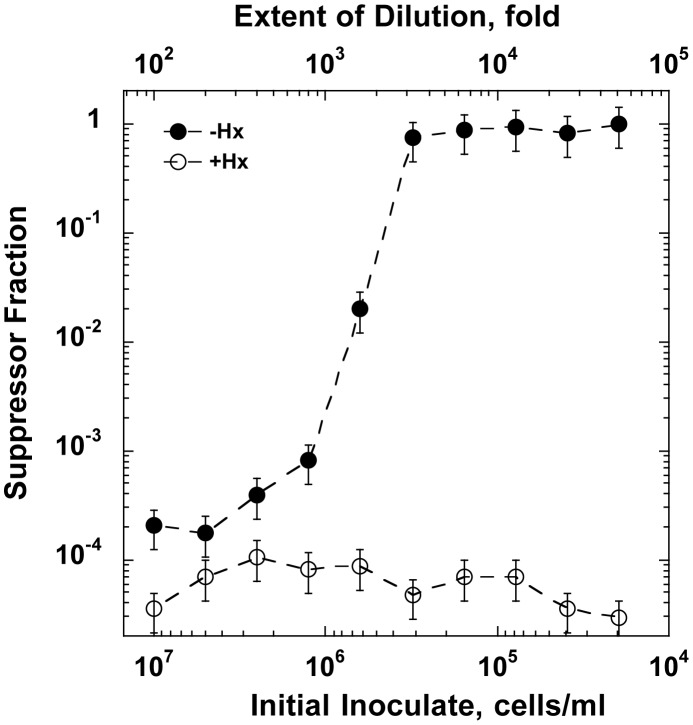Figure 7. The outcome of dGTP starvation experiments for cultures initiated at decreasing cell densities.
A stationary phase optA1 gpt culture was diluted to the indicated extents into minimal medium with casamino acids with hypoxanthine (Hx) (open symbols) or without Hx (closed symbols). The resulting cultures were subjected to overnight growth at 37°C, and samples of the resulting cultures were analyzed for the presence of suppressors resistant to subsequent repeat starvation using the tests described in Fig. 6C. The results are presented as the % suppressors observed. Assuming, based on the data of Figs. 1 and 3, that an about 100-fold increase in OD is needed from the beginning of starvation to reach lethal status, the critical biomass density (midpoint value) for cellular adaptation can be roughly estimated. At an inoculate value of 5×105 cells for the midpoint and an experimentally determined correlation between OD630 nm and cell titer (3.3×108 cells/ml per OD630 nm), a 100-fold OD630 nm increase would correspond to 100×(5×105)/(3.3×108) = 0.15.

